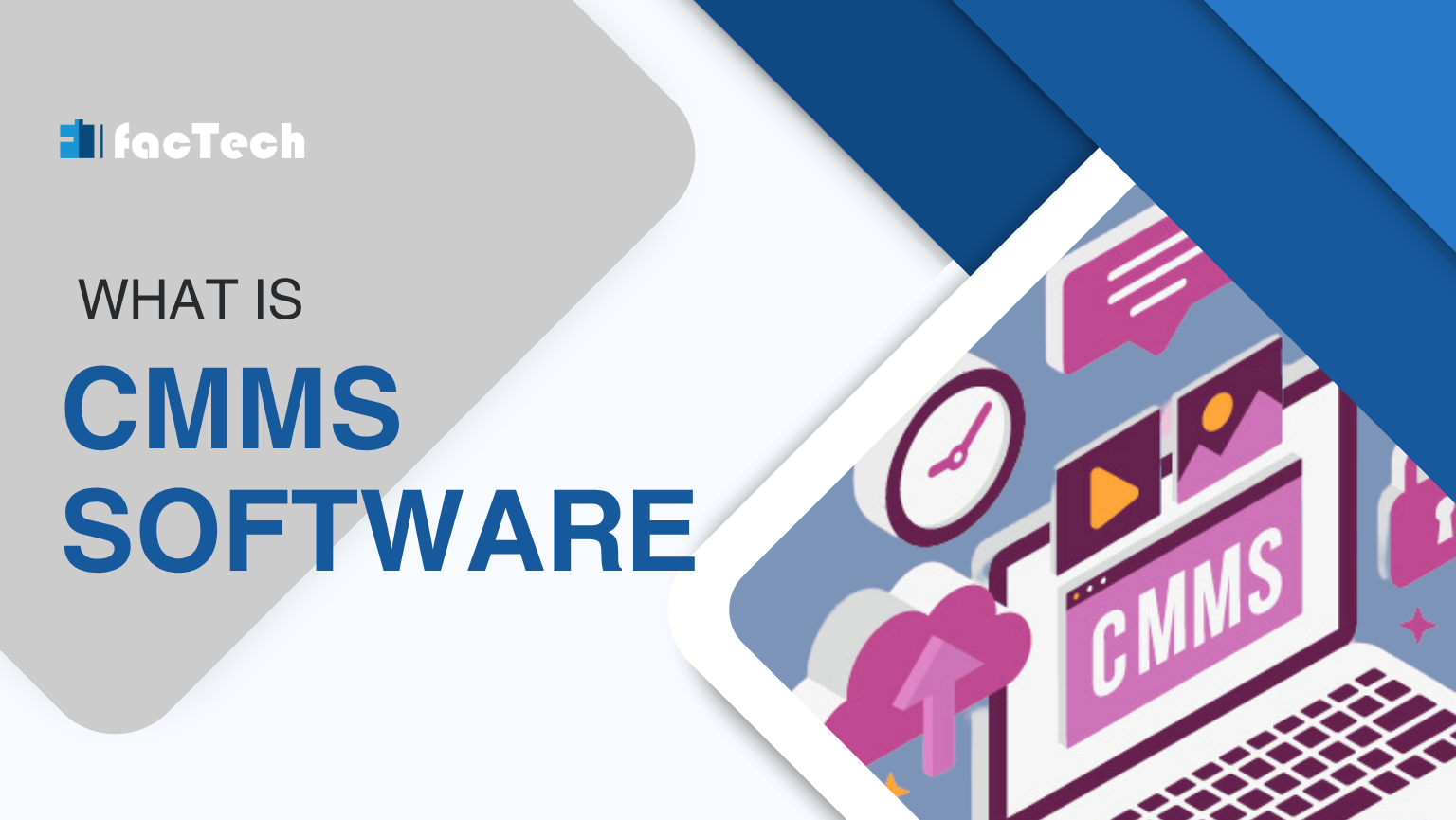What is Best Practice for Late Payment Charges in Billing?
“A corporate park increased it’s collections by more than 30 lakhs in 1 year by levying late payment charges using billing software.”
“A group of residents raised concern in the RWA board that delayed payment charge is wrongly calculated.”
“The management is losing more than 1 lakh monthly since delayed payment is charged only on the current outstanding and ignoring interest on the past dues.”
Late payment charge or delayed payment charge is a critical component in CAM, Electricity, and other bills in RWA Societies, Corporate Parks, Residential & Commercial Properties.
There are different methods prevalent for Late Payment Charge calculation. Few are as below:
#1 Cycle Wise Fixed: Few clients keep the Late Payment Charges as a fixed charge after the due date. The charge is fixed irrespective of Due Amount. Say ₹ 500 will be levied if payment is not made on/ before the due date. This is the simplest one. In this case, the customer once not pay by the due date, is motivated to pay on the last day or just before the next billing date. For example, if the due date is the 10th day of the month then ₹ 500 will be levied whether the customer makes the payment on 11th or on 31st.
#2 Cycle Wise Percentage of Due Amount: The client uses this method quite frequently. The late payment charge is a percentage of the due amount. Normally 1.5% of the due amount is charged as late fees. This is simple and almost similar to the first one. In this case, the charge is the same whether the payment is made after 1 or 15 days of the due date.
#3 Day Wise Fixed Charge: Many clients use this method. This is simple and also motivate customers to pay as soon as possible. The fixed late payment charge is levied day-wise after the due date. For example, if the late payment charge is ₹100 per day. If a customer makes payment on 11th, he will be levied ₹100. If payment is cleared on 31st then ₹ 2000 will be levied as late payment charge.
#4 Day Wise Percentage of Due Amount: This is the most famous among the clients who have matured processes. This method motivates the customer to pay as early as possible. In this method not only Late Payment Charge is calculated as a percentage of Due Amount, but also Charge is calculated Day Wise. For example – if any customer makes payment on 11th, the late payment will be charged only for 11 days. If any customer do the payment on 30th, then late charges will be of 30 days.
There are different permutations and combinations of the above 3 methods which are used by a different client. Few considerations are:

-
Past Dues: How past dues will be considered for late payment.
-
-
Compound Interest: Few clients levy compound interest on past dues. Past due here means due which is being carried forward from the last billing cycle. Suppose a customer was having ₹ 10,000 (including ₹ 1000 Late Payment charges) as past dues. If his current cycle bill is of ₹ 5000. Then Late payment charges can be levied:
-
On ₹ 15,000 (10,000 + 5000) This is compound interest case.
-
On ₹ 14,000 ( 9000 + 5000 ) ₹ 1000 which was included in due amount is not considered again for late payment charge calculation
-
-
Date of Payment: If any customer makes payment before the due date, say on 9th, having past dues. Will you take a late payment charge on past dues of 8 days? Many clients having a robust process do have a mechanism to charge this.
-
-
Charge Calculation Date: Every client has different preferences for the late payment charge calculation date.
-
Calculate while generating Next Bill.
-
On the day of Payment made.
-
Next day of Payment Due Date.
-
-
GST: Many clients consider Late Payment Charge under GST.
-
Hybrid Charge: Sometimes the client configures the late payment charge which is fixed up to some level. If due exceeds that amount then the delay charge is calculated as a percentage of the due amount. Like ₹ 100, if due is up to ₹5000, otherwise delayed charge is 2% of total due.
To conclude, there are different criteria and methods of calculating Late Payment Charge. There is no universal method, but still, Day Wise Percentage Method is preferred since it motivates the people to pay as early as possible while penalizing customers with more dues. Though it is difficult to levy effectively without a robust billing System in place.
Your invoice format should also have details on how the Delayed Payment Charge is calculated to mitigate any doubts and increase transparency.
The Factech team has been helping real estate clients in Simplifying the Facility Operations.
Contact us for a free demo of how our expertise can help you achieve your business goals.










